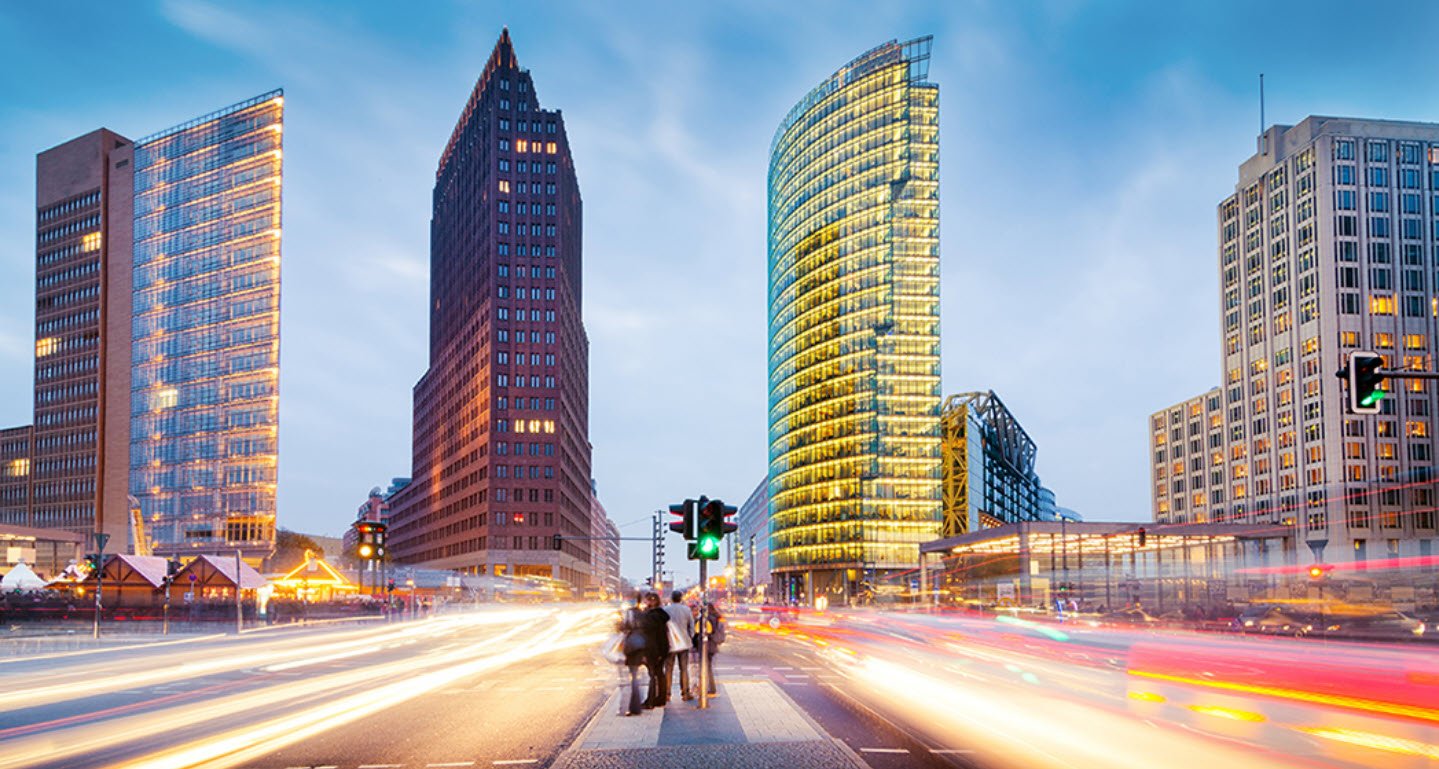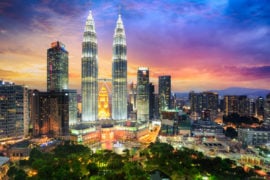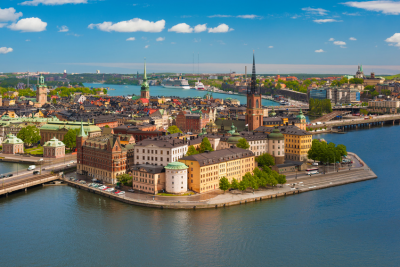In December 2019, the European Commission launched the Green Deal, a comprehensive sustainability strategy with specific measures to make Europe climate neutral by 2050. According to the International Air Transport Association (IATA), commercial aviation is responsible for 2-3% of the global carbon emissions. In terms of the European Union, aviation accounts for 3% of the EU’s total greenhouse gas emissions. Due to the steady increase in emissions in the aviation sector since 1990, action in this area to address climate change is essential.
European Level
With the publication of the ReFuelEU Aviation-Initiative in April 2020, the EU announced its intention to propose measures to increase the use of Sustainable Aviation Fuels (SAF). According to the Commission, promoting the use of sustainable aviation fuels is currently the most important and effective way to drive emission reductions towards carbon neutrality in aviation. Indeed, alternatives, such as low-carbon propulsion and jet technologies (e.g. electric aircraft) are not yet mature enough to be commercialized in the short term. In order to be able to produce SAF, different processes can be used, such as Power-to-Liquid (PtL) processes.
In this respect, PtL kerosene is seen as a very promising technology: PtL is an electricity-based kerosene. The production of such fuel requires three essential components: water, CO2 (taken e.g. from biogas, bioethanol and biomass) and renewable electricity. The PtL process can be divided into three steps. Electricity production, (water) electrolysis and synthesis gas production or synthesis and processing of kerosene. First, H2O is split into its components hydrogen and oxygen by supplying energy in the form of electricity. The electricity is generated from renewable sources. Then, the hydrogen is combined with CO2 or components thereof to produce a synthesis gas. This can then be further processed into kerosene. The climate-friendly aspect of this fuel is that the CO2 emitted when flying is previously taken out of the atmosphere and bound, so that ultimately no additional carbon dioxide is emitted (i.e. it is considered ‘carbon neutral’). However, PtL technologies are currently almost non-existent. This can be attributed to the fact that SAF is about three times more expensive than fossil kerosene and therefore not competitive.
In this respect, also sustainability criteria for PtL fuel are to be defined on a binding basis within a European legal framework.
SAF are also addressed in the European Commission’s hydrogen strategy for a climate-neutral Europe that was published in July 2020. According to this strategy, hydrogen can become in the longer-term an option to decarbonize the aviation and maritime sector, through the production of liquid synthetic kerosene or other synthetic fuels. However, it is understood that to realize these ambitions it will require a roadmap for the considerable long-term research and innovation efforts, e.g. under the Horizon Europe funding program for research and innovation and possible initiatives as part of the European Clean Hydrogen Alliance.
On 14 July 2021, following up on the ReFuelEU Aviation-Initiative, the European Commission published a Proposal for a Regulation on ensuring a level playing field for sustainable air transport (Proposal). The Proposal lays down harmonized rules on the uptake and supply of SAF and shall apply to aircraft operators, Union airports, and to aviation fuel suppliers. However, hydrogen-powered aircraft are expected to play a role in the decarbonisation of the aviation sector only beyond 2040 and are not covered by the Proposal.
More precisely, this new Regulation seeks to require that airlines refuelling in the EU have to use ‘sustainable aviation fuels’ and ‘synthetic aviation fuels’, mainly by imposing obligations on fuel suppliers to progressively supply increasing amounts of such fuels.
‘Sustainable aviation fuels’ means drop-in aviation fuels (i.e. fuels that are fully fungible with conventional aviation fuels and compatible with existing aircraft engines) and that qualify as, either: (i) so-called ‘synthetic aviation fuels’, (ii) advanced biofuels, or (iii) sustainable biofuels1.
In turn, ‘synthetic aviation fuels’2 are, essentially, liquid fuels whose energy content is derived from renewable sources other than biomass and that are used in the aviation sector. Those fuels are essentially made using PtL processes.
The proportion of ‘sustainable aviation fuels’ and ‘synthetic aviation fuels’ imposed on fuel suppliers are as indicated in the table below.
| As from: | 2025 | 2030 | 2035 | 2040 | 2045 | 2050 |
| ‘Sustainable aviation fuels’ | 2% | 5% | 20% | 32% | 38% | 63% |
| ‘Synthetic aviation fuels’ | 0% | 0.7% | 5% | 8% | 11% | 28% |
German Level
SAF is one of the key pillars of the German National Hydrogen Strategy. It introduces a PtL quote for those who bring aviation fuels on the market of at least 2% in 2030.
On 7 May 2021, in the run-up to the ReFuelEU Aviation-Initiative the German federal government has together with representatives of other German federal and state ministries agreed with representatives of the aviation industry, mineral oil industry and plant manufacturers and operators on a step-by-step plan, the so-called “PtL roadmap – Sustainable electricity-based fuels for air traffic in Germany”. This roadmap aims to enable the market ramp-up of sustainable electricity based kerosene for aviation in Germany. To achieve this, all necessary measures are being taken for the establishment and expansion of PtL kerosene production:
- The optimization of the technological development of the PtL production and components and their interaction on an industrial scale
- A uniform, binding, reliable ecological and social definition of sustainability criteria
- Establishment of binding targets for the purchase and sale of renewable kerosene.
To realize these measures, the German federal government has committed itself to investing around EUR 1 billion in setting up a corresponding production in Germany. Thereby, the German Aerospace Center (Deutsches Zentrum für Luft- und Raumfahrt (DLR)) shall take the lead and develop concepts together with representatives from industry and science. In particular, the technological development of PtL kerosene shall be advanced, for example, with regard to the production of such fuels. Industrial production facilities are to be constructed starting as of 2025. The aim is to produce sustainable fuel as quickly as possible, in the largest possible quantities and at the lowest price; by 2030 at least 200,000 metric tons of sustainable kerosene shall be produced annually for German air traffic. This is expected to save the climate emissions of one-third of all domestic flights in Germany. At the same time, the share of sustainable aviation fuel in kerosene shall be at least 0.2% by 2026. By 2030, this figure shall increase to 2.0%. Those targets are also intended to tie in with the aforementioned National Hydrogen Strategy. The market ramp-up of PtL kerosene is to be ensured through promotion schemes and the adaptation of the German regulatory framework in favor of PtL kerosene, so that an economic market for such fuels is created.
1 Sustainable biofuels: (i) comply with the sustainability and greenhouse gas saving criteria set out in Article 29 of Directive (EU) 2018/2001, excluding high indirect land-use change-risk products set out in Article 26(2) of that Directive; and (ii) are produced from the feedstock listed in Annex IX of Directive (EU) 2018/2001.
2 ‘Synthetic aviation fuels’ means fuels that are renewable fuels of non-biological origin used in aviation.



